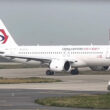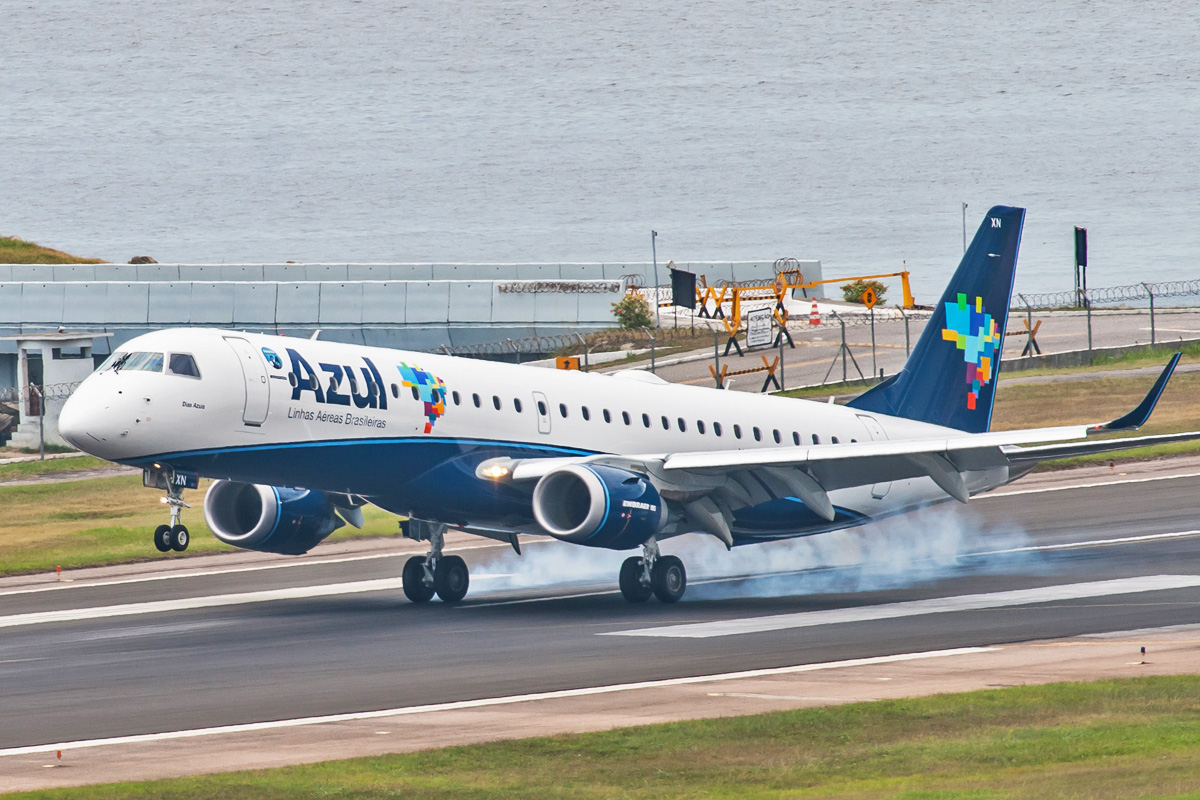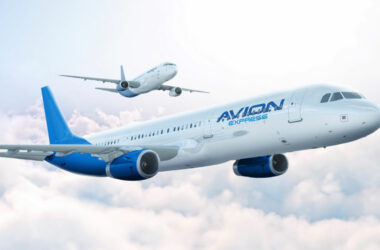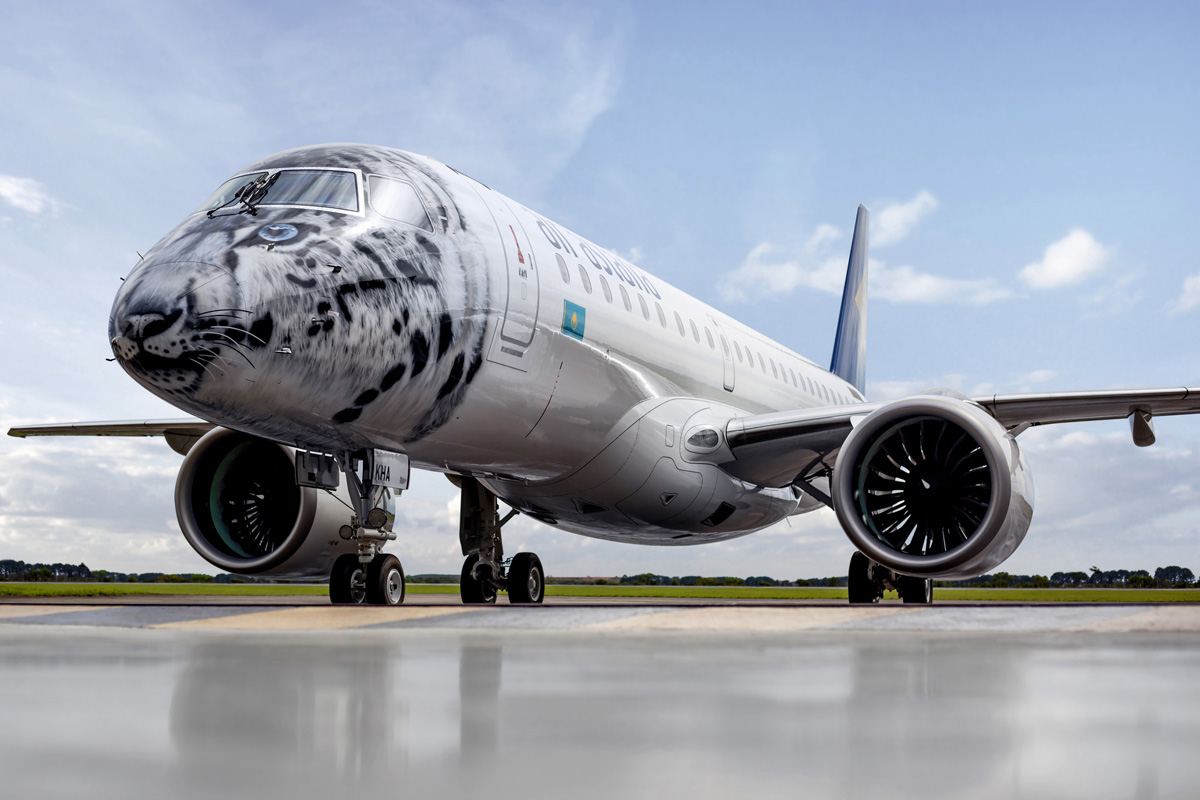On October 6, the Boeing 777-9 registration N779XW was performing several test flights between Seattle and Moses Lake when one of the GE9X engines failed.
The massive plane then headed to Seattle and none of the four prototypes have flown since. Although the episode took place almost two months ago, only on Wednesday did Boeing acknowledge the issue after the matter was disclosed by Aviation Week and Aerotime.
“We are supporting GE Aerospace as they assess a recent GE9X engine issue and will resume airplane testing once their thorough process and appropriate actions are complete. Safety is our top priority, and our supplier and technical teams will take the time necessary to support the review as we work transparently with our customers and regulators,” said the US planemaker.
General Electric, maker of the world’s largest commercial turbofan, said that “is reviewing a technical issue that occurred during GE9X post-certification engineering testing, and we are coordinating closely with Boeing on our findings to support their return to flight testing”.
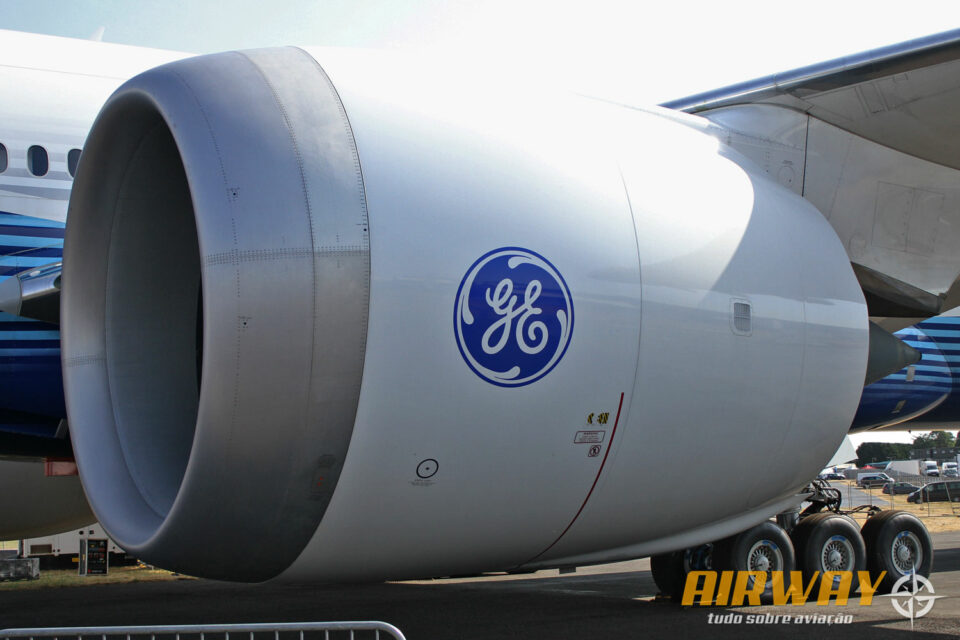
In an interview with Aerotime, the president of Emirates Airline, Sir Tim Clark, revealed that Boeing had decided to suspend tests with the largest twin engine aircraft in history until the problem was identified and corrected.
“We know there was an engine glitch in October. They stopped the test program – not that there was much going on anyway. They dropped the engine, took it to General Electric in Cincinnati, and on December 6, 2022, we will get a heads up on what the problem is,” explained Clark.
Four test planes, one flying
At the end of April, Boeing confirmed that entry into service of the 777-9, the highest capacity variant of the 777X, will only take place in 2025, and that production at Everett would be paused until 2023.
The manufacturer has four test aircraft, but since August only the 777-9 N779XW remained in flight. In November last year, the N779XZ prototype took off for the last time, on a flight between Seattle and Everett. In July it was the turn of the N779XY aircraft to be grounded and in the following month the N779XX landed in Seattle and never flew again.
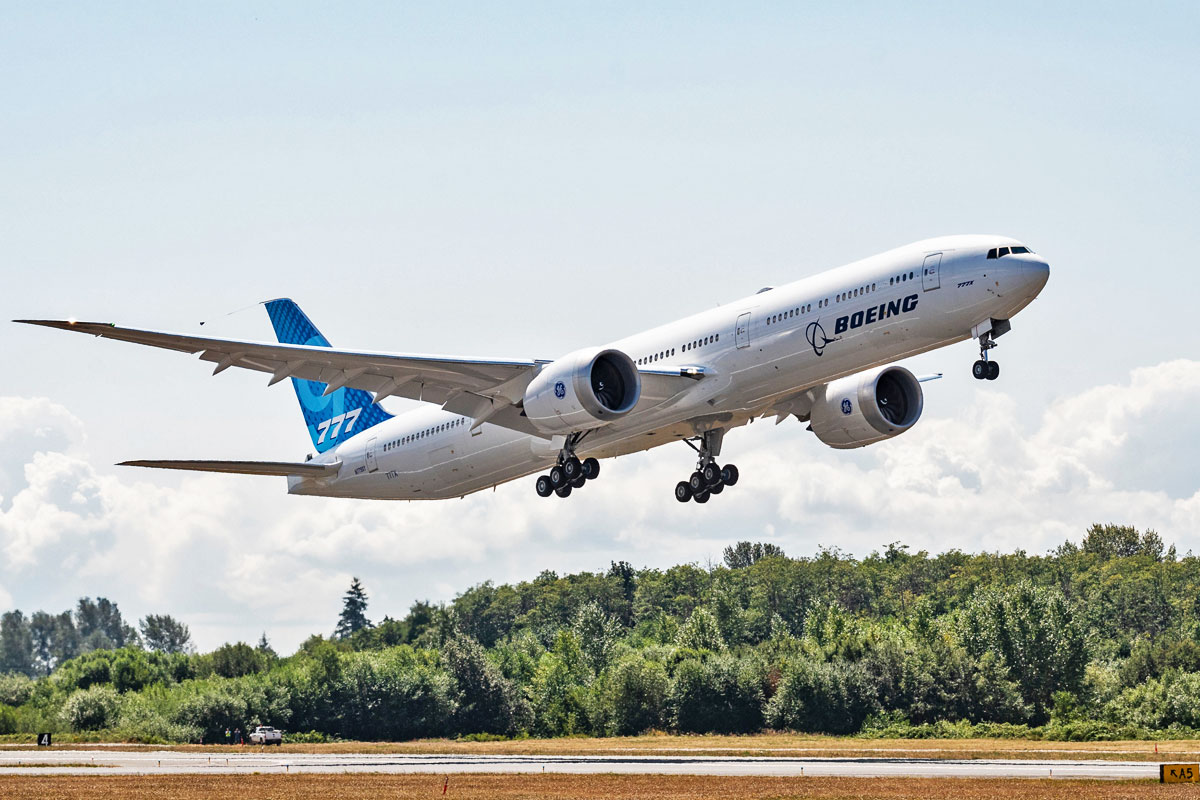
The new unforeseen event in the program adds to so many other problems faced so far and put Boeing’s credibility in doubt again.
The 777X is currently the largest airliner under development in the world, with capacity to carry 426 passengers in mixed class in the 777-9 version. There is also the 777-8, smaller but with greater autonomy, and the 777-8F, a freighter variant that has won good contracts since the beginning of the year.
Boeing united the advantageous dimensions of the 777 with the technologies developed with the 787 to give rise to an advanced widebody, economic and with unparalleled capacity, but it remains to be seen whether the market will tolerate more delays in a project that has attracted few interested parties for the versions for passengers.


